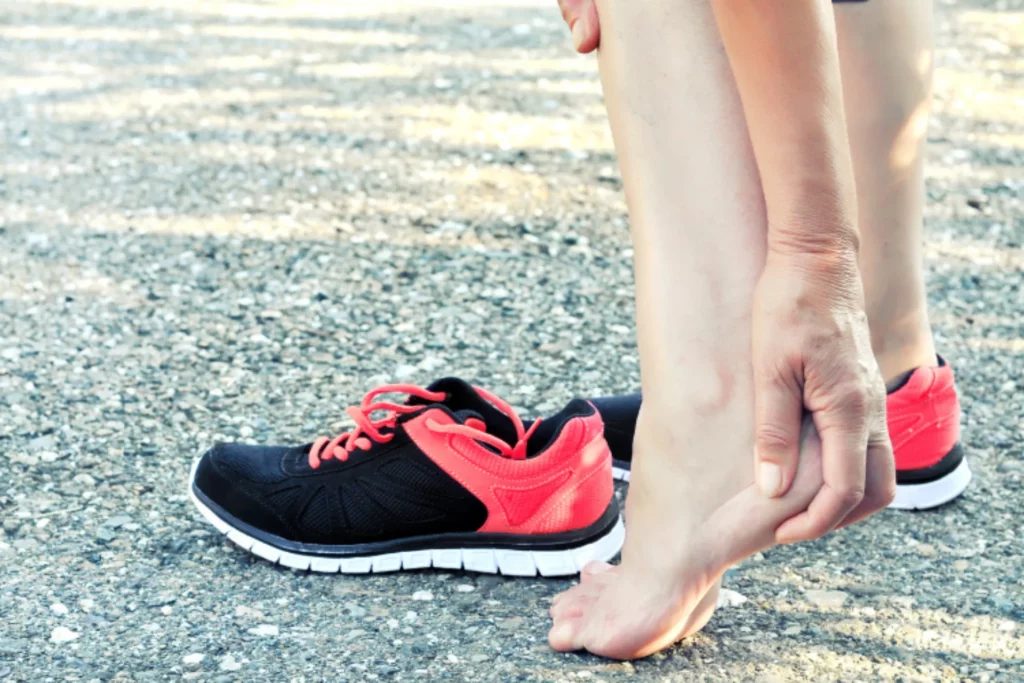Shoes that fit well can do wonders for your feet. The right pair of shoes can be a friend that helps you live life to the fullest by providing cushioning and support for your arches. However, the wrong pair of shoes can be your worst enemy.
Out of the many surfaces we walk on, most are hard, flat and offer no softness or flexibility, which can be demanding on our feet. As a result, we put a lot of stress on our feet and can cause them problems. So, it is vital to find a shoe with the proper arch and heel support if we want to keep our feet healthy.
Why could a shoe be causing you pain?
The shoes do not fit correctly – It’s not uncommon for people to wear footwear that is the wrong size, shape, and width. Shoes that are too big, small, wide, or narrow can all cause problems. In any dimension, the wrong fit can pinch, rub painfully, fail to provide adequate support, or even change your gait patterns. Sadly, the unfortunate truth is that those who have especially wide or narrow feet often struggle most with finding shoes that fit efficiently.
You are wearing the wrong shoes for your activities and lifestyle – While high heels, ballet flats and flip flops all have their place, there needs to be some moderation if you want to avoid pain. Shoes with inadequate cushioning and not much support should not be worn on a day-to-day basis. This also applies if you are involved in sports like basketball, tennis, running or even if you just have an active lifestyle, you should ensure you are wearing the correct footwear for the job.
Your shoes are too old and worn out – Unfortunately, our favourite pairs of shoes do have a lifespan. We might not like to admit it to ourselves, but there are signs over time, your shoes sole will wear down, reducing the grip and cushioning on the sole. If you are noticing more foot pain when wearing your regular pair of shoes, it might be time to say goodbye.
What to look for when buying the right pair of shoes
So what should we do to find the correct pair of shoes? These tips will help get you on your way to comfort!
Try not to purchase your shoes online – it is important not to underestimate the value of physically trying shoes on before buying them online. As convenient as it may be, online shopping can be risky because it’s hard to know if the shoes will fit properly.
Try to purchase your shoes later in the day or after activity – this is important because your feet will naturally swell during the day and during periods of higher activity. Therefore when trying on new shoes after this your feet will be at their largest size and you can ensure your shoes will be a good fit at all times.
Always measure your feet – As well as swelling during the day, your feet will also change size and shape over time.
When choosing a shoe, be mindful of both the length and the width. The width, in particular, is just as important as the length. Your shoe should fit snug around the heel — when walking, the shoe shouldn’t slip. If you find it uncomfortable, it’s probably the wrong size.
In addition, you must find footwear that provides ample room at the front of the shoe. There should be around half an inch of space when pressing down on the area between the front of the shoe and the longest toe. Don’t rely on your new trainers breaking in; you should never rely on breaking in a shoe for it to feel comfortable. Chances are, if the shoe doesn’t feel good when you put it on, it never will.
You might be surprised at how much a better pair of shoes can impact your life. However, sometimes, it is because of an underlying structural abnormality in the feet and not an issue with your shoes. In that case, you may require further assistance in analysing your gait and diagnosing the cause of your foot pain, this is where you could benefit from custom insole orthotics.
No matter what you wear, if your feet are causing you pain and discomfort, it’s time to book an appointment with a podiatrist. Remember, foot pain is never normal. A specialist can quickly and efficiently work towards resolving the issue and prevent it from happening again.
*This blog contains general information about medical conditions and is not advice. You must not rely upon the information in this blog as medical advice. Medical advice should always be sought from an appropriately qualified podiatrist such as ourselves.
